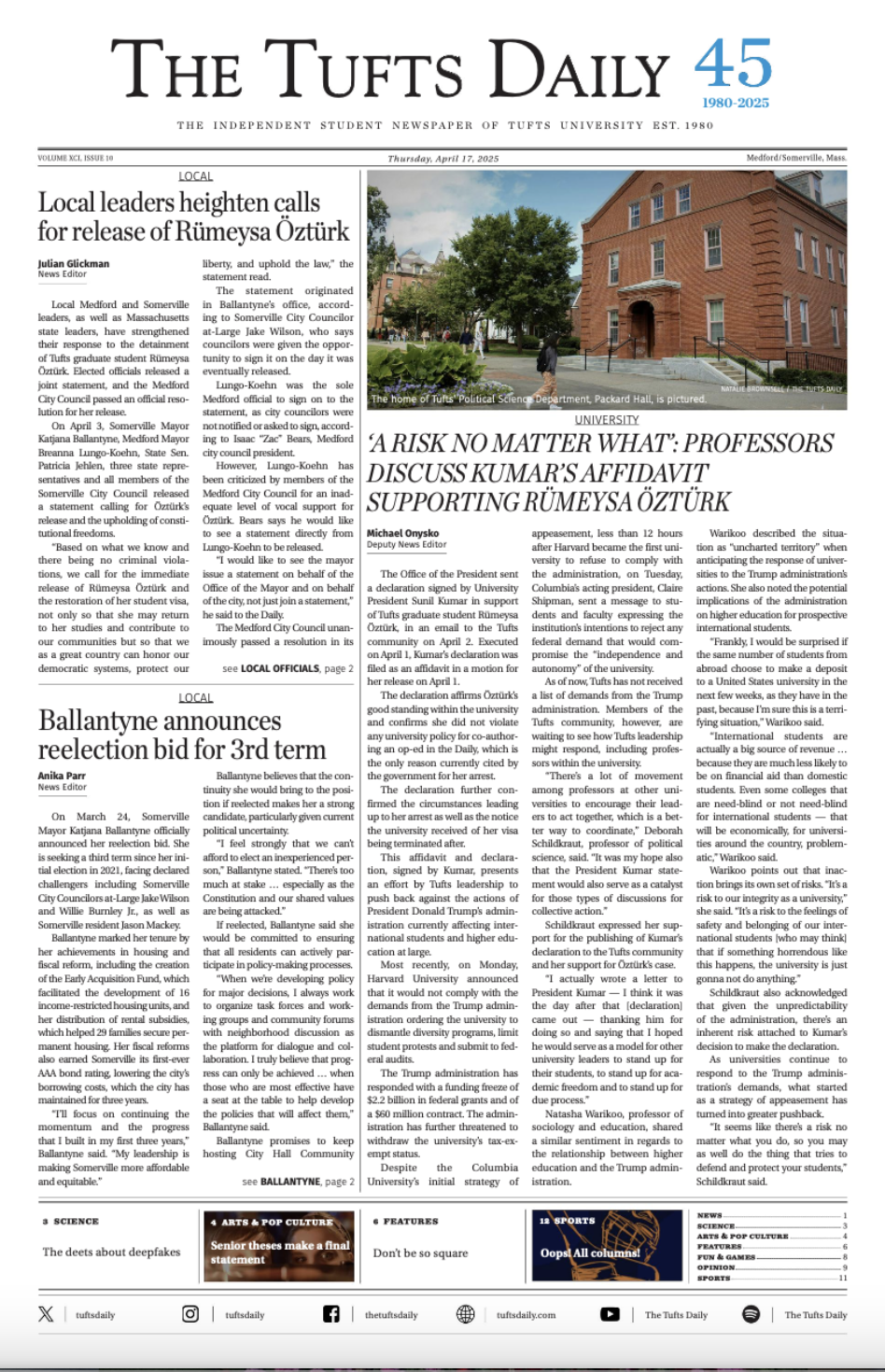To say that the streaming market is becoming crowded is like saying legroom on an airplane is in short supply. It’s an obvious statement that anyone with a half-decent sense of perception could surmise, what with elder statesman Netflix and Hulu being horned in upon by pluck youngsters like Disney+, HBO Max, Peacock and Paramount+, all of which launched in the past two years. With so much content coming out in the middle of a pandemic, these services have seen great success with offerings like “WandaVision” (2021) and “Zack Snyder’s Justice League” (2021), which drew huge viewership on Disney+ and HBO Max, respectively. In fact, Anthony Mackie, star of the new Disney+ show “The Falcon and the Winter Soldier” (2021) said, "I just want to see somebody do an algorithm or figure out if we were in a movie theater how much money we would have made. Because I know it would've been more than Tom Holland as Spider-Man!" If true, this means that streaming services hold massive power over the future of Hollywood. The questions are as follows: How do they maintain this power (pandemic notwithstanding), and what will be their next move?
The key lies in the main appeal of a streaming service: convenience. The question has been asked countless times before: Why would a family of three spend money to see “Godzilla vs. Kong” (2021) in a theater when they could pay a monthly fee of $14.99 — undoubtedly less than at a theater — to watch it and hundreds more titles and series on HBO Max? Additionally, streaming services eliminate the “opportunity cost” of seeing a stinker of a film in theaters and having to demand your money back. Didn’t like “Godzilla vs. Kong”? That’s perfectly fine when streaming because you can turn it off and switch to any number of films or shows. Do you need another snack? You’ve curated the perfect selection in your fridge. Do you need to use the bathroom? Pause the entertainment.
This model proved successful for Netflix, so much so that it managed to kill off its video renting competitor, Blockbuster, and then mocked its demise by creating a Netflix original documentary all about it. This explains the proliferation of streaming services, as more and more media conglomerates see the success of Netflix (with its more than 73 million users in the United States alone) and decide they can cut out the middleman and release their content on their own services.
This should terrify any consummate consumer for two reasons: First, it should absolutely frighten you how many different properties each conglomerate owns; and second, this will no doubt be a model of diminishing returns. This concept was well put by “Burn Notice” (2007–13) star Bruce Campbell in a Reddit AMA where he said, “There’s 100 million TV channels out there now. There’s only six people watching each channel." How many people will pay for a new streaming service? At what point will the content of each service be stretched so thin that the reboot of “Punky Brewster” (2021–) just won’t be enough to sway average Joe to put money down for a Peacock subscription?
What model might save streaming? In my opinion, focus. Take Shudder, a smaller streaming service that caters to a specific audience by specializing in thrillers and horror movies. If streaming services accept that they can’t be “catchalls,” then they may as well cultivate a loyal following and serve that niche as well as they can. Admittedly, this isn’t always a successful model. DC Universe, a streaming service based around DC Comics’ content was defunct as of January 2021. These problems, though, are for executives who are paid a lot of money to solve them.
Instead, we ought to demand more from our streaming, advocate for ourselves and demand that we be satisfied with what our monthly subscription fee grants us. I think I speak for everyone in saying we’d like to be funding more seasons of “Stranger Things” (2016–) and fewer seasons of “Punky Brewster.”






